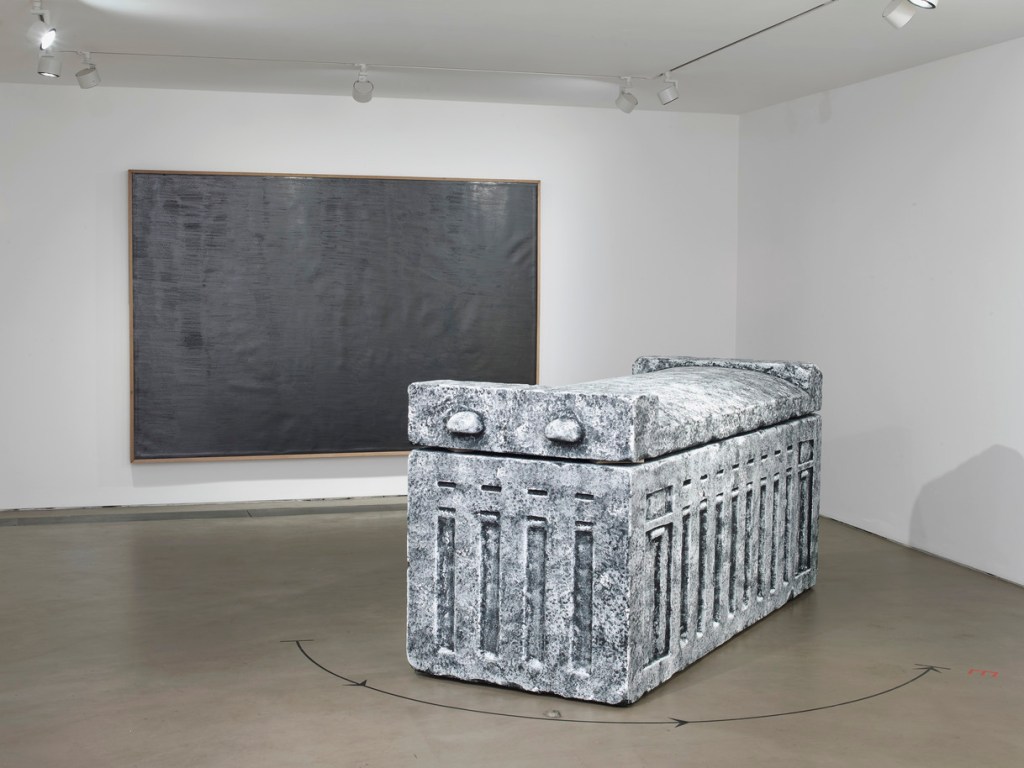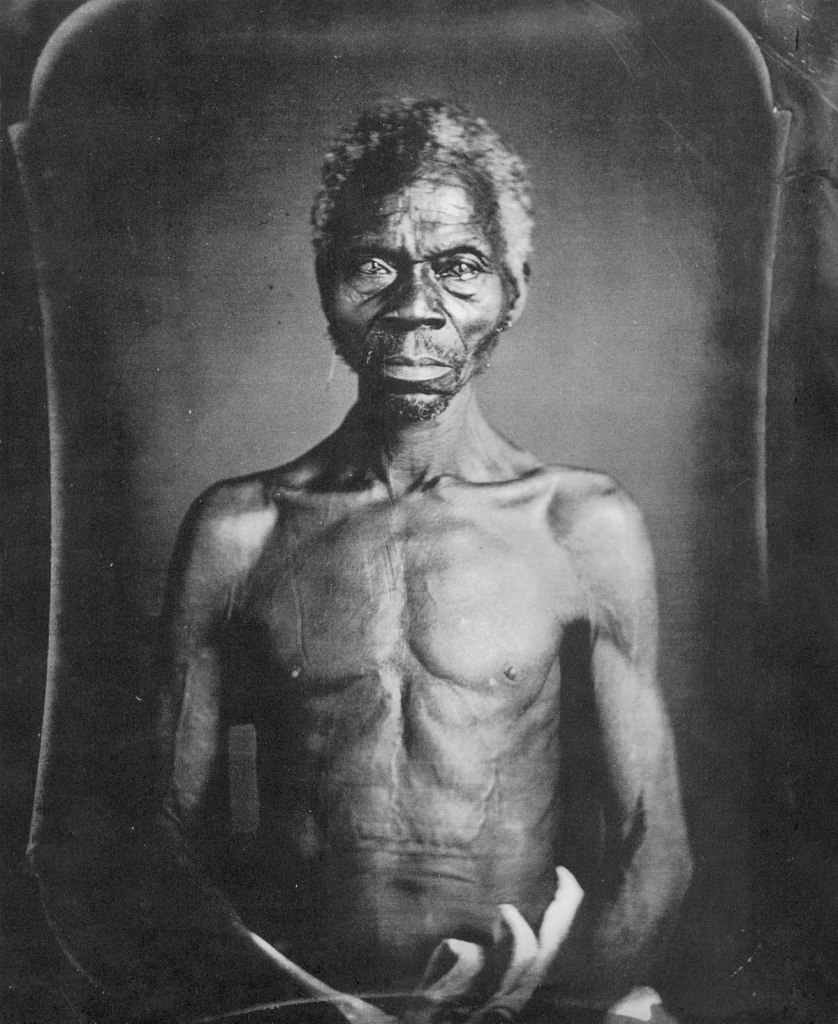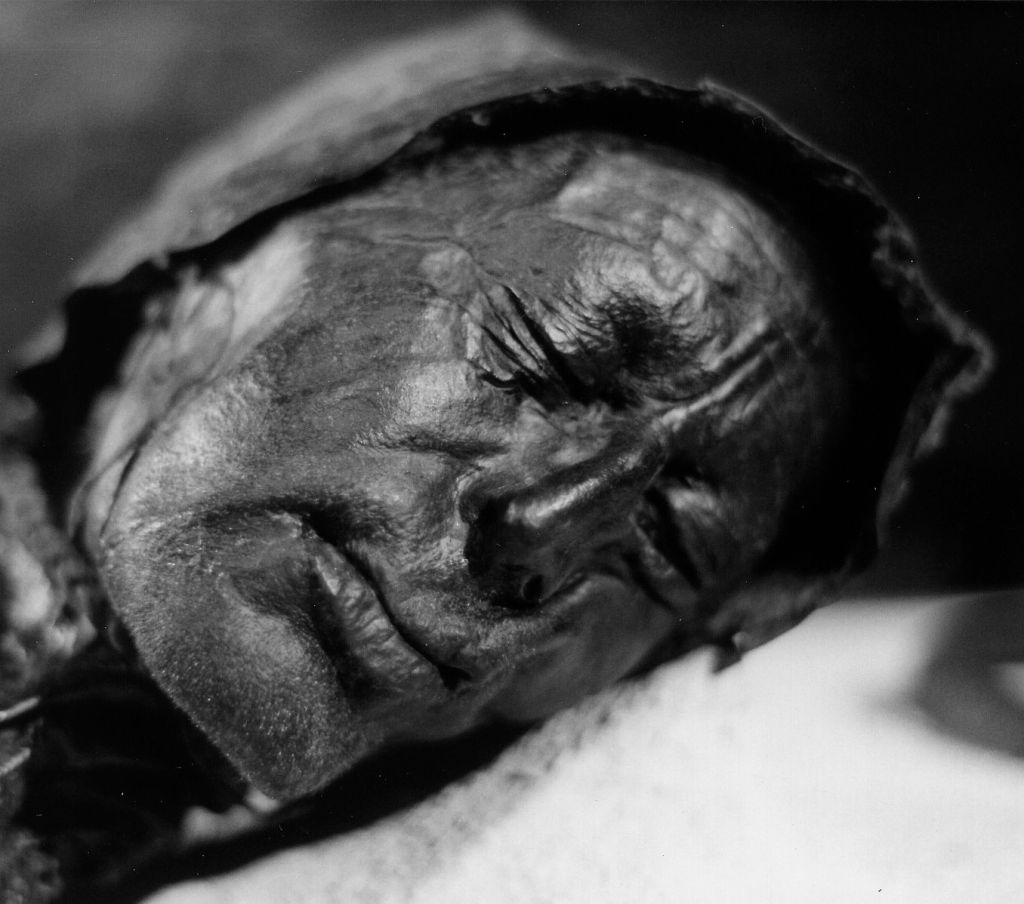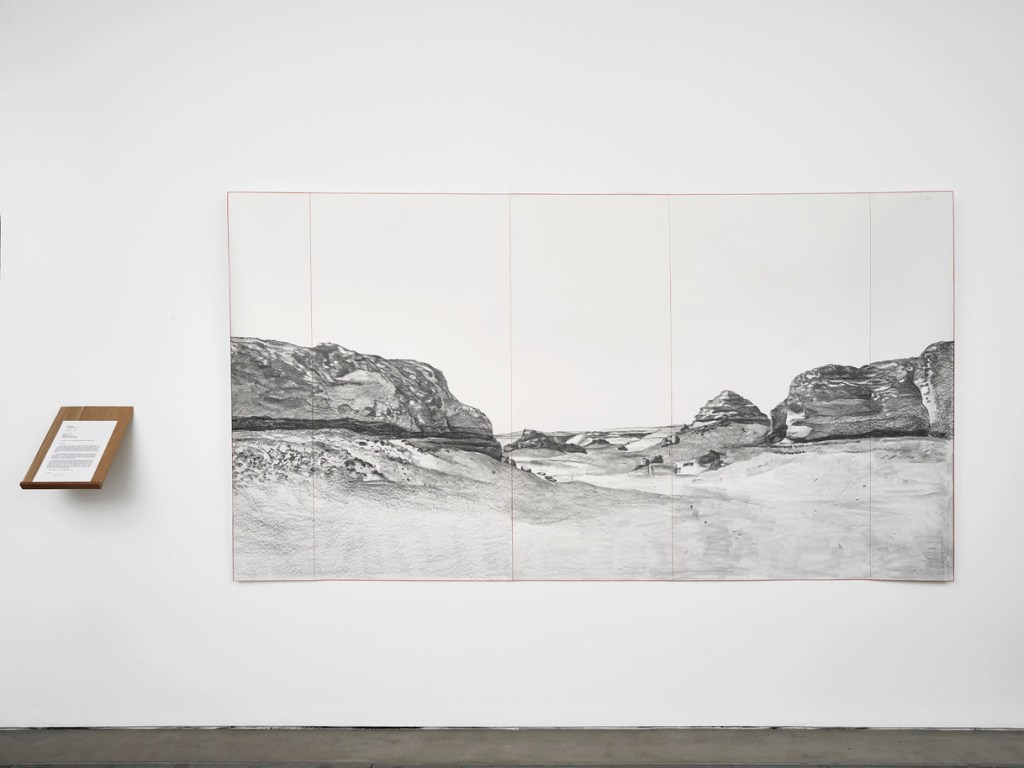Season 1, Episode 6
CONTENT NOTE: we have elected not to include Serrano’s photographs in this carousel because they contain content that may be especially upsetting to viewers; please click the link in ‘objects discussed’ below to view his The Morgue series.
listen on Spotify
listen on Apple Podcasts
Emma and Christy look at the ethics, politics, and practice of displaying human remains — from museum collections of mummies to photographs of dead bodies. We talk bog bodies, the rights of the dead, dry vs. ‘wet’ specimens, Free Renty, consent, repatriation, museums’ imperial histories, burdens of care, and how recent art — from Andres Serrano to Gala Porras-Kim — might exacerbate or enact solutions to these issues.
OBJECTS DISCUSSED:
Gala Porras-Kim, Sunrise for 5th-Dynasty Sarcophagus from Giza at the British Museum (2022), courtesy of the artist; photograph by Andy Keate
Photographs from the ‘Life Before Death’ exhibition by Walter Schels at the Wellcome Collection (2008)
Andres Serrano, The Morgue (select works) (1992) [WARNING: GRAPHIC IMAGES]
Louis Agassiz, Renty, An African Slave (1850)
Head of Tollund Man, a bog body (from c. 375–210 BC)
Gala Porras-Kim, Sights Beyond the Grave (2022), courtesy of the artist; photograph by Andy Keate
Gala Porras-Kim, A Terminal Escape from the Place that Binds Us (2021), courtesy of the artist; photograph by Andy Keate
Gala Porras-Kim, Mould Extraction (2022): view one and view two, courtesy of the artist; photograph by Andy Keate
REFERENCES:
Oliver Basciano, Gala Porras-Kim: Why Museums Need Spiritual Caretakers (2 March 2022), Art Review
UK Guidance for the care of human remains in museums (2005)
Caitlin Doughty, From Here to Eternity: Traveling the World to Find the Good Death (New York: W. W. Norton & Co., 2017)
Cursed Objects: Van Gogh ”Earaser” — ft. Alice Procter
Alice Procter, The Whole Picture: The Colonial Story of the Art in Our Museums and Why We Need to Talk About It (London: Cassell, 2021)
Hunterian Museum website (Royal College of Surgeons, London)
Lynda Nead, ‘Stilling the Punch: Boxing, Violence and the Photographic Image’, Journal of Visual Culture 10, no. 305 (1 December 2011): 305–23
Klaus Theweleit, Male Fantasies. Vol. 1: Women, Floods, Bodies, History, trans. Stephen Conway, Erica Carter, and Chris Turner (Cambridge, UK: Polity Press, 1987)
Philippe Ariès, The Hour of Our Death (London: Allen Lane, 1981)
Ariella Azoulay, ‘Free Renty! Reparations, Photography, and the Imperial Premise of Scholarship’, Hyperallergic (2 March 2020)
Len Doyal and Thomas Muinzer, ‘Should the skeleton of “the Irish Giant” be buried at sea?’, The BMJ 343 (2011)
Darragh Peter Murphy, ‘Hilary Mantel calls for skeleton of Irish “giant” to be repatriated’, The Guardian (15 October 2020)
Jennifer Tucker, Nature Exposed: Photography as Eyewitness in Victorian Science (Baltimore: The Johns Hopkins University Press, 2005), 9
Dan Hicks, The Brutish Museums: The Benin Bronzes, Colonial Violence and Cultural Restitution (London: Pluto Press, 2021)
In Conversation: John H. Taylor and Gala Porras-Kim (YouTube)
‘Drawing Blood’ was made possible with funding from the Experimental Humanities Collaborative Network.
Follow our Twitter @drawingblood_
Audio postproduction by Sias Merkling
‘Drawing Blood’ cover art © Emma Merkling
All audio and content © Emma Merkling and Christy Slobogin
Intro music: ‘There Will Be Blood’ by Kim Petras, © BunHead Records 2019. We’re still trying to get hold of permissions for this song – Kim Petras text us back!!








